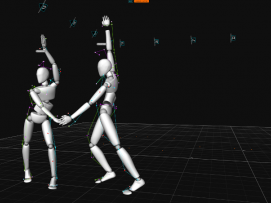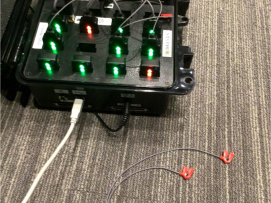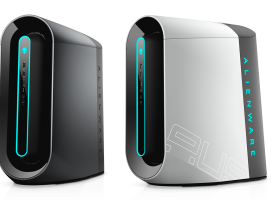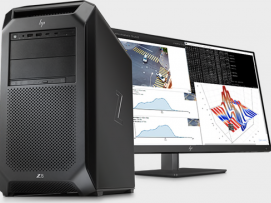The toolsets of the MIT.nano Immersion Lab and our partner facility the MIT Center for Clinical and Translational Research (CCTR) can be used to study human behavior and movement through user studies, biomechanics research, physiological measurements, and human studies research.
Explore Immersion Lab and CCTR tools for studying physiological and behavioral human responses using the buttons below.




